An inclusive early childhood classroom space is an intentional environment that promotes both physical and emotional development. In this episode, host Nancy Chung interviews early childhood expert Jennifer Fernandez, and we welcome back Cecilia Cruse, MS, OTR/L, to discuss ways to create an early childhood space and how to modify it to encourage independence and inclusivity.
Table of Contents
Lively and Engaging Environment
Important considerations for creating an engaging early childhood space include providing a clear spatial boundary definition. If deep touch pressure input isn’t available, there are many items that can be used as spot markers. Commonly used in physical education, a set of colored tiles or tactile shapes work well as visual “seed spots” to set clear boundary expectations.
Many of our children need that extra boundary input so they know where they are in space, because their own body doesn’t register well enough yet. So those are kids that fall off their chair or crash into other kids. We have to set up very clear boundaries that give deep touch pressure to their body, if possible. But if not, at least a visual cue, like a spot marker or painter’s tape on the floor, whether it’s color-based or shape-based, so they know where they belong in space.
Cecilia Cruse
Open, Spacious, and Clutter-free
An early childhood classroom should include items that are purposeful and intentional. Everything from acoustics to color palette will affect young learners. The right manipulatives should be inclusive and help students develop fine motor skills. If there’s too much color or the room is too bright, light-dampening shades can help relieve added stress and overstimulation from fluorescent lighting.
The teacher should be able to know the ‘why’ behind everything in your classroom. Why are you using this piece of furniture? Why do you have this material out? Which is kind of a daunting thing to think of as a teacher. Can I explain everything in my classroom? But if you have been purposeful and intentional, you should be able to do that.
Jennifer Fernandez
Encourage Independence and Inclusivity
As discussed in a previous episode, there are a number of ways to create an engaging sensory space that’s suitable for everyone. You can even turn common classroom materials into adaptive tools that promote inclusivity in the classroom. An inclusive universal design is adaptive for students with special needs and encourages independent learning for all early childhood students.
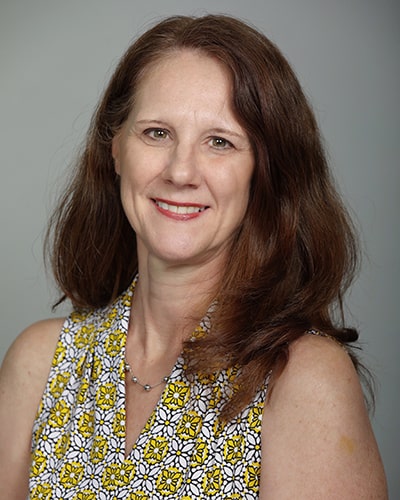
Jennifer Fernandez – Early Childhood Subject Matter Expert at School Specialty
Jennifer has over 30 years of experience in education. She has a BA in Elementary Education & Spanish and a Master’s in Bilingual Education. She has taught PreK4-2nd grade in general & bilingual/dual language settings in Texas, Minnesota, and Mexico City. She was a professional learning specialist for PreK4SA in San Antonio for seven years. Jennifer is currently the national Early Childhood Subject Matter Expert at School Specialty, where she supports sales, marketing, and merchandising in the early childhood category, provides professional development, and presents at state and national early childhood conferences throughout the country.
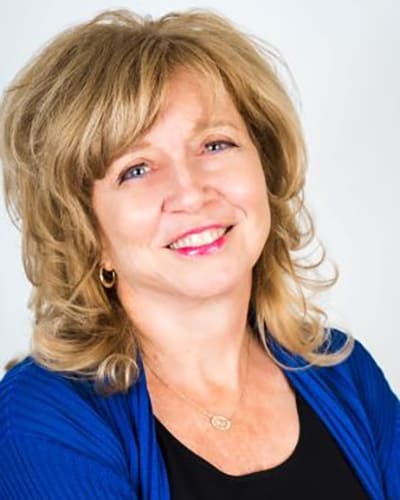
Cecilia Cruse MS, OTR/L – Special Needs Subject Matter Expert at School Specialty
Cecilia received her BS degree in Occupational Therapy from the University of Florida and her Master’s in Education from Georgia State University. She is SIPT (Sensory Integration & Praxis Test) certified. She has over 30 years of experience in pediatrics with school-based services (including preschool and Head Start programs), acute care, and outpatient pediatric settings, including Augusta University in Georgia and Children’s Healthcare of Atlanta at Scottish Rite. Cecilia has experience as a consultant, author, and lecturer, including TV appearances such as CNN’s Health Watch. She has authored multiple articles for professional periodicals and magazines and has served as a trainer, consultant, and service provider in several school systems. Cecilia is currently the Subject Matter Expert for Abilitations and School Specialty’s Special Needs Division, where she frequently consults with Learning Environment Specialists to make recommendations for inclusive and sensory-friendly spaces and classrooms. She also lectures nationwide on practical sensory solutions for educators and therapists.

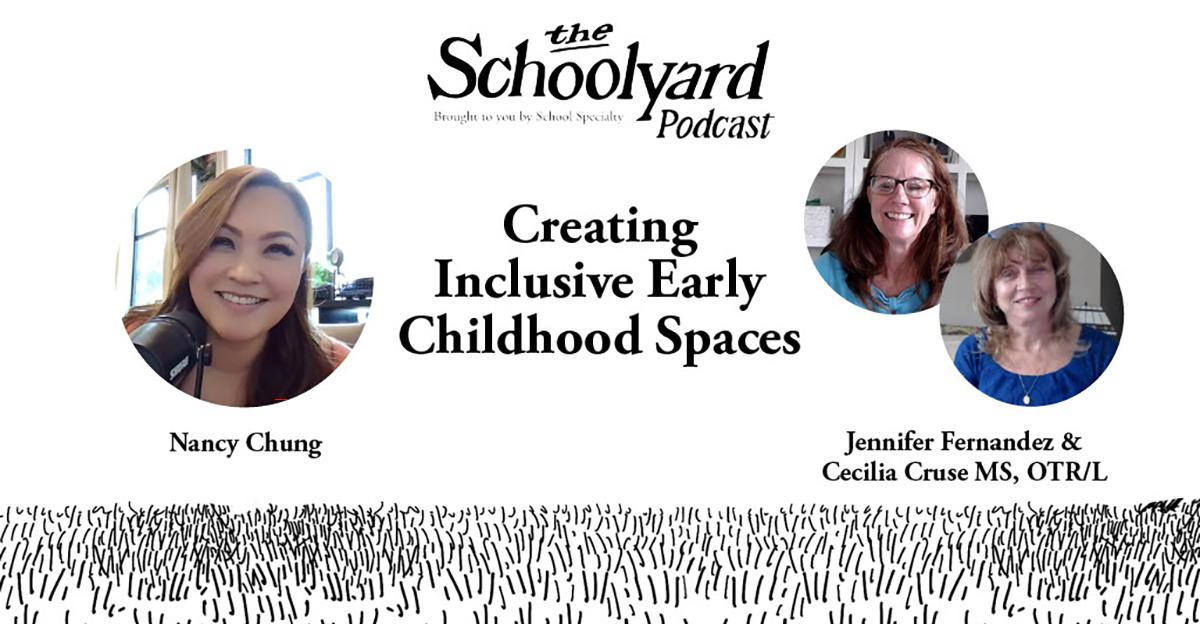
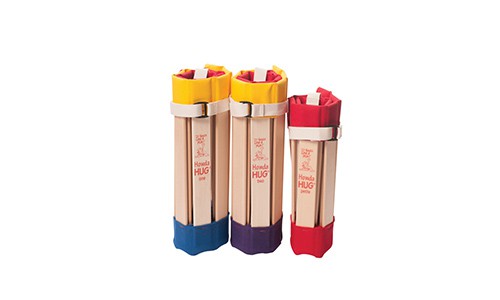

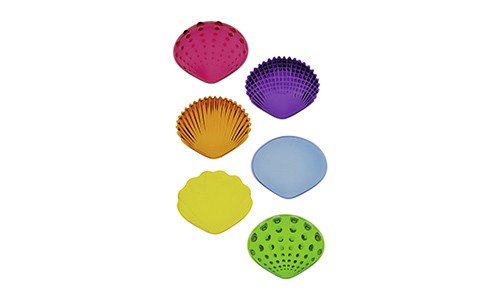
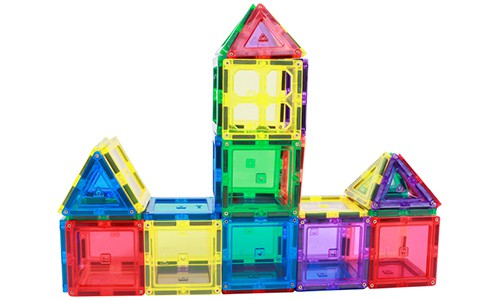
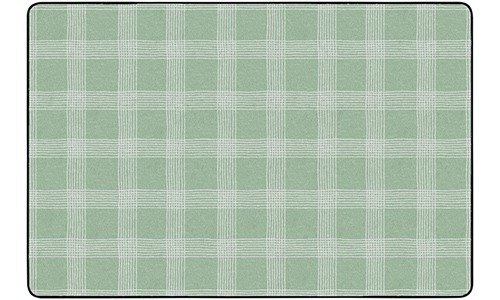
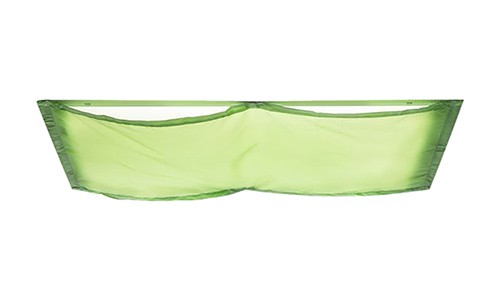

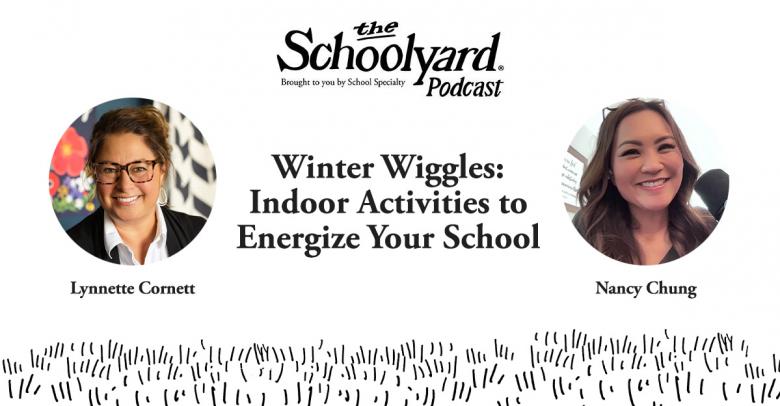
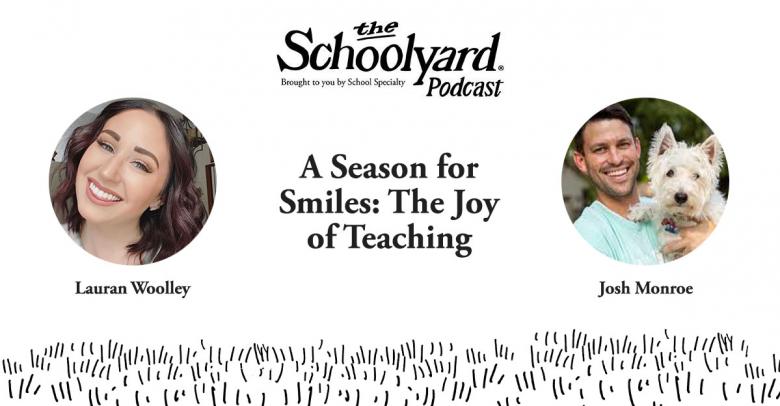
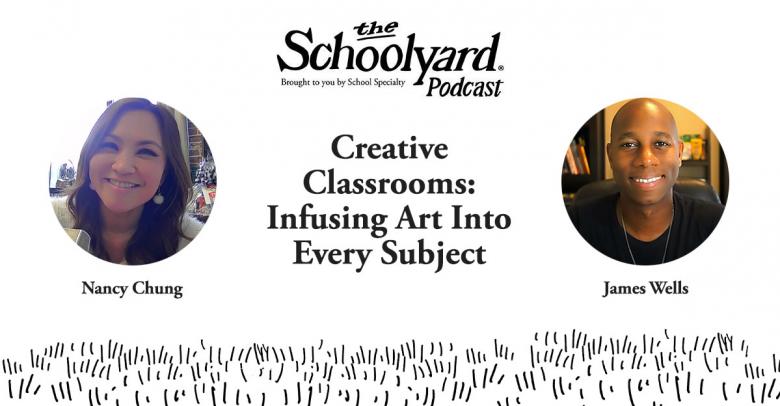
Leave a Reply